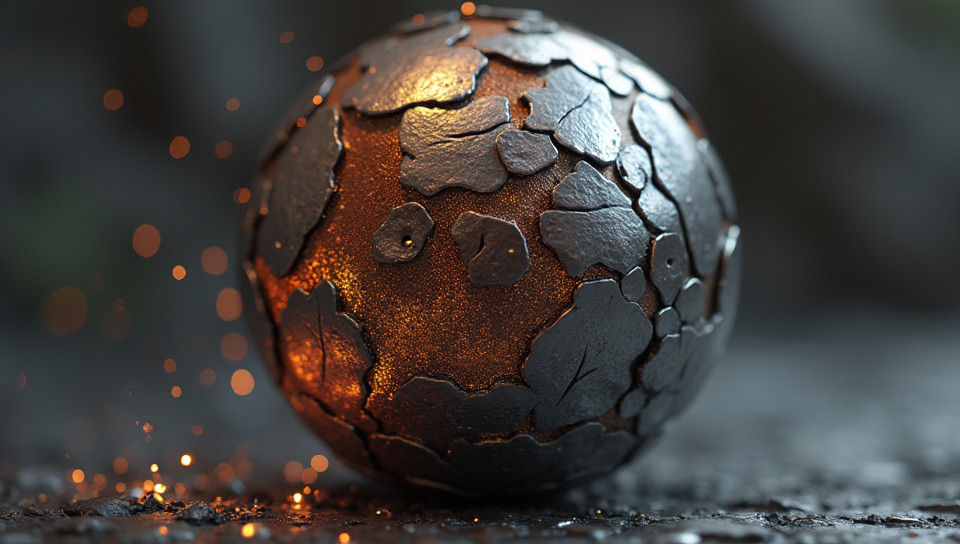Fused filament doesn't work well with metal materials 64%

The Limitations of Fused Filament: Why it Struggles with Metal Materials
As 3D printing technology continues to advance, we're seeing an increasing number of applications in various industries. From consumer goods to aerospace, the versatility of 3D printing is undeniable. However, there's one aspect where 3D printing still falls short: working with metal materials.
The Challenges of Fusing Filament with Metal
Fused filament fabrication (FFF), also known as fused deposition modeling (FDM), is a popular 3D printing technique that uses melted plastic to create objects layer by layer. However, when it comes to combining this technology with metal materials, the results are often disappointing.
- Lack of adhesion: FFF machines use heat and pressure to bond the filament together, but metal surfaces tend to be too slippery for a strong bond.
- Thermal limitations: Metal materials require high temperatures to melt or deform, which can be challenging for FFF printers that typically operate within a narrower temperature range.
- Warping and distortion: Metal objects are prone to warping and distortion during the 3D printing process, making it difficult to achieve accurate prints.
The Consequences of Inadequate Metal 3D Printing
The limitations of FFF with metal materials have significant consequences for industries that rely on 3D printing. For example:
- Aerospace: Without reliable metal 3D printing capabilities, the development of lightweight yet strong aircraft parts is hindered.
- Automotive: The production of complex metal components for vehicles is slowed down due to the challenges of 3D printing with metal materials.
Alternative Solutions and Future Directions
While FFF may not be the best solution for metal 3D printing, there are alternative technologies that show promise. For instance:
- Laser sintering (LS) and selective laser melting (SLM): These techniques use high-powered lasers to fuse metal powders together, resulting in stronger and more complex parts.
- Directed energy deposition (DED): This process involves using a focused beam of energy, such as a laser or electron beam, to melt and deposit metal onto a substrate.
Conclusion
The limitations of FFF with metal materials highlight the need for further innovation and research in 3D printing technology. While current solutions may not be perfect, there are alternative technologies on the horizon that show great promise. As we continue to push the boundaries of what's possible with 3D printing, it's essential to acknowledge the challenges and limitations of existing technologies and strive for better, more efficient methods.
- Created by: Mehmet Koç
- Created at: Aug. 11, 2024, 10:22 p.m.
- ID: 6837







